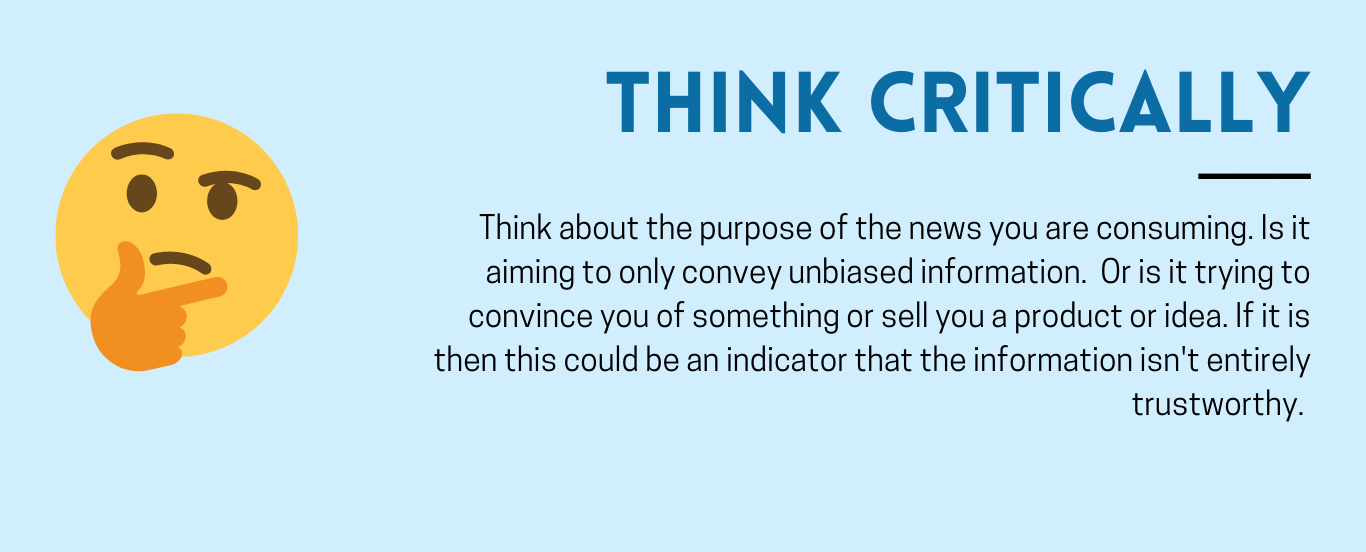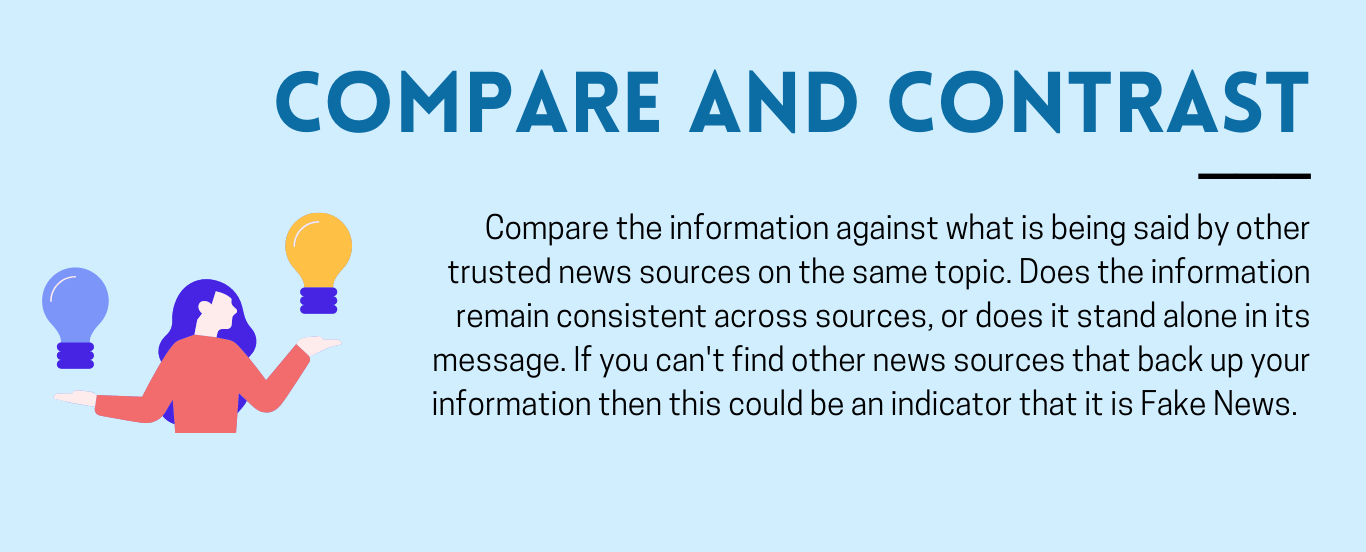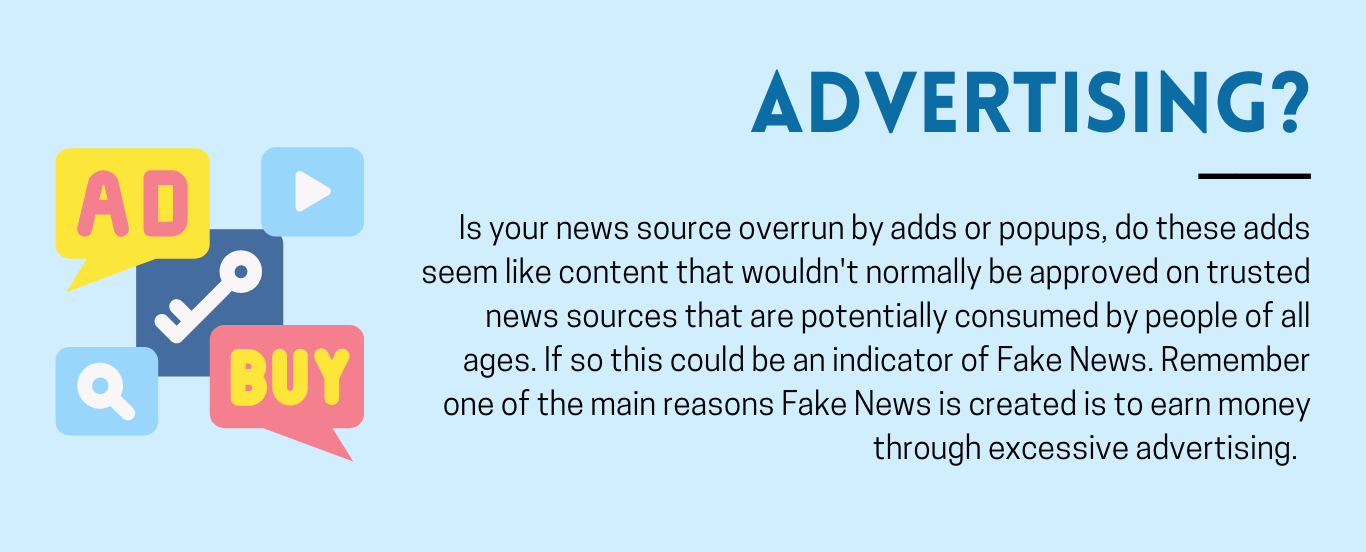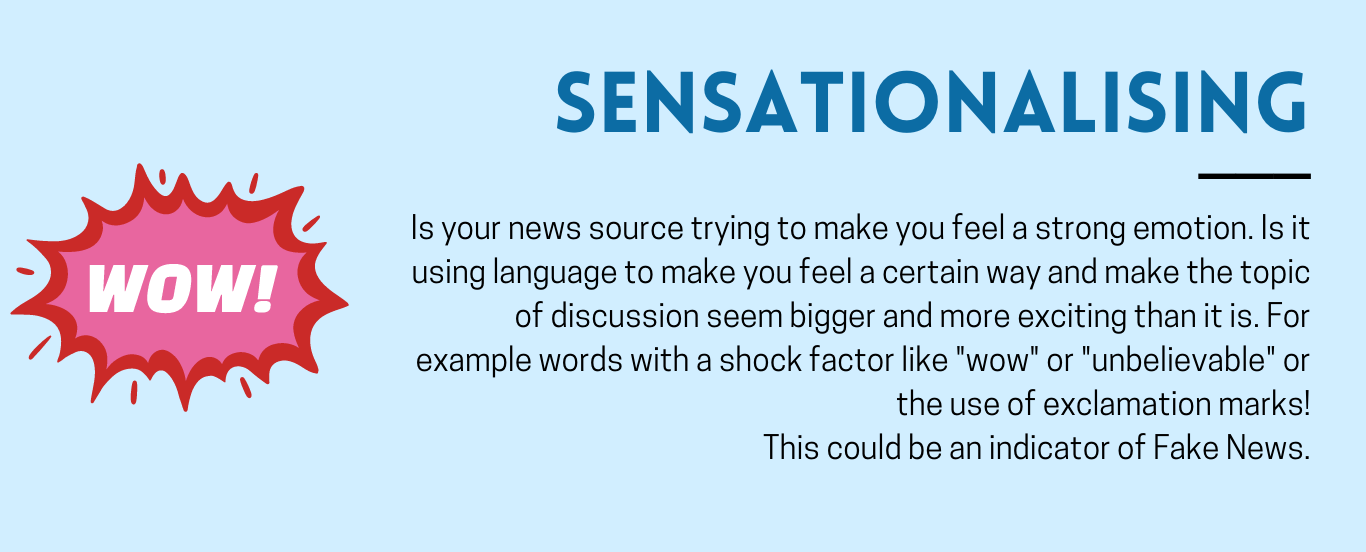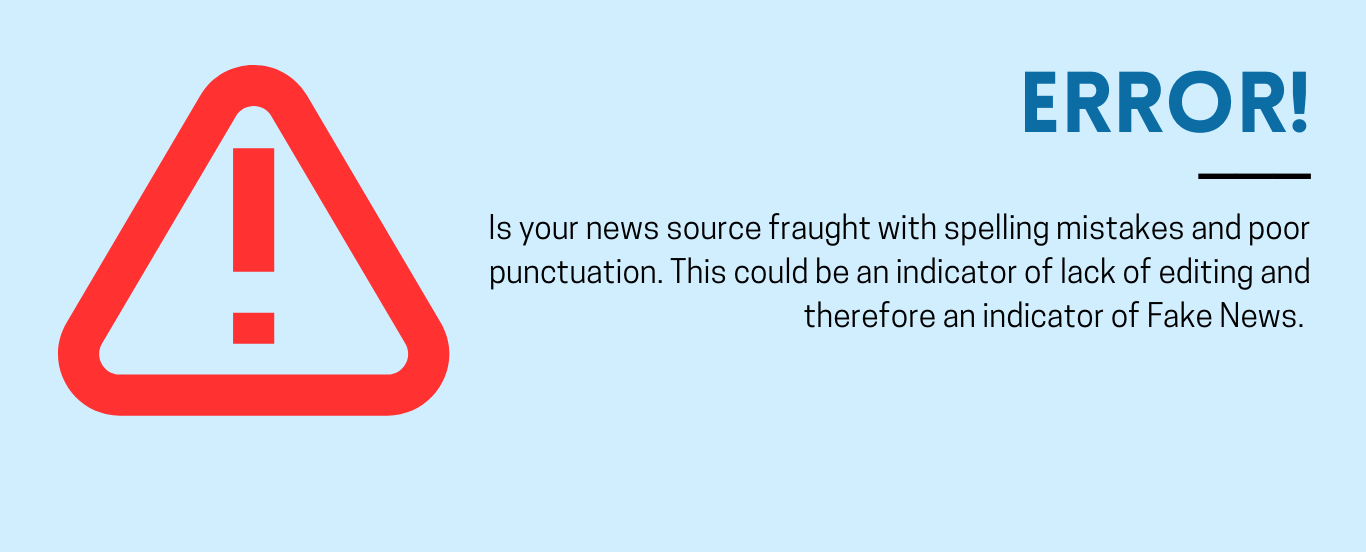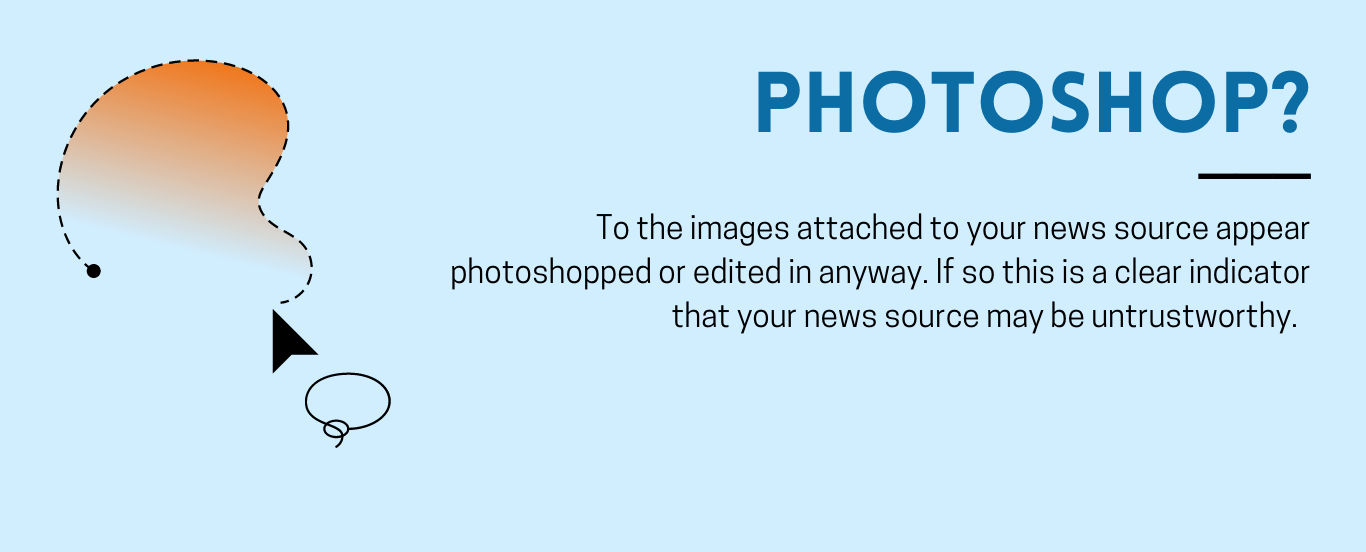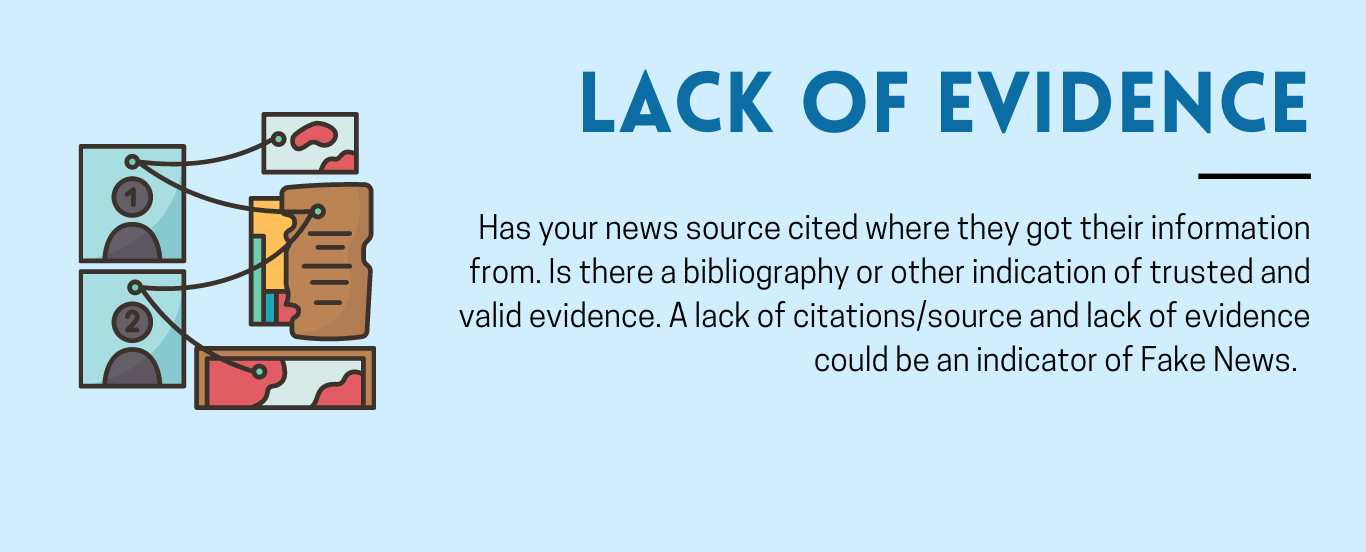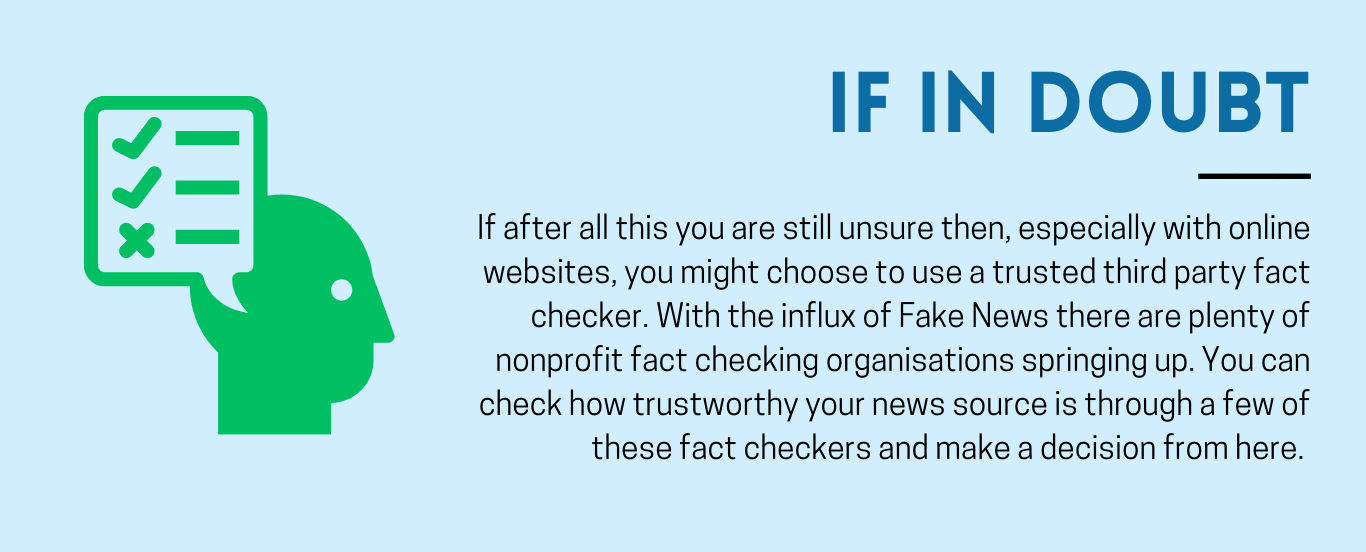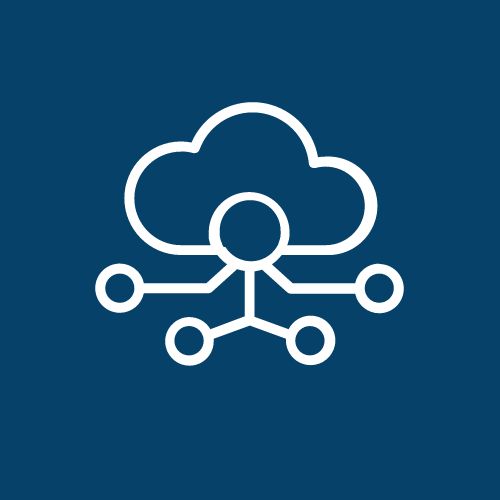WHAT IS FAKE NEWS?
Fake News is essentially just news that is untruthful. Often Fake News
is said to exist within the much larger ecosystem of Misinformation and
Disinformation. The University of Michigan defines misinformation as
'false or inaccurate information that is mistakenly or
inadvertently created or spread; the intent is not to deceive'
and disinformation as
'false information that is deliberately created and spread in
order to influence public opinion or obscure the truth'.
There have been attempts made to distil Fake News into a series of main
types. Notably, Journalist Claire Wardle of First Draft declares the
main strains of fake news are as follows. Satire or Parody - Fake News
that has no intention to cause harm, but has potential to fool.
Misleading content - Fake News that uses misleading information to frame
in issue or individual. Imposter content - Fake News that seeks to
impersonate genuine trusted sources of news. Fabricated content - Fake
News that uses new content that is 100% false, designed to deceive and
do harm. False connection - Fake News where headlines, visuals, or
captions do not support the content. False content - Fake News when
genuine content is shared with false contextual information. Manipulated
content - Fake News when genuine information or imagery is manipulated
to deceive.

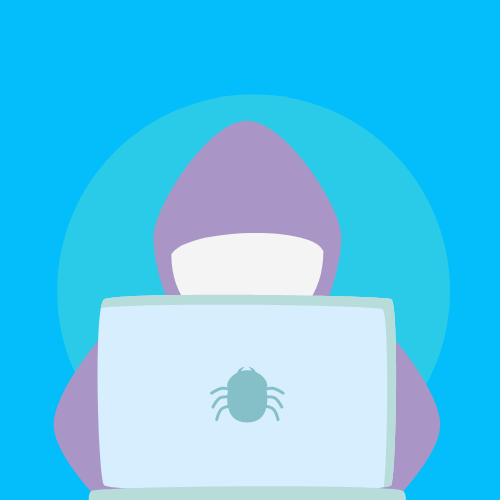
WHY DOES FAKE NEWS HAPPEN?
Fake News has always been present in society. However the term only
emerged around the 1890's. And it wasn't until the 21st
century that it had significant relevance. The phrase was popularised by
Journalist Craig Silverman in the early 2000's and 2010's with
the rise of political polorisation becoming a pressing concern.
From 2016 (With the election campaign of former US President Donald
Trump) the term has become a part of our everyday language.
As for why this issue exists, there are a number of reasons. The most
basic explaination is that when it comes to new's ability to spread,
fake news has the advantage of generally being more intresting that real
news.
But there are certainly sinister motivations for fake news. Fake news is
undoubtably popular in the spreading of political agendas. Financial
gain is also a strong motivator, espesially as the production of fake
news has proven to be a lucrative buissness venture within the
advertising space. Then of course, there are the well meaning purveyours
of fake news who are actidental facilitators. Such as satirical news
outlets that have the potential to be misinterpreted. information.
Social media is also a singificant purveyour of fake news. Its
enviroment that enables instant gratification and encourages an absense
of consious consumption proves to be the perfect breeding ground for all
that is falsified and untrustworthy.
WHO IS RESPONSIBLE?
Most notably, when it comes to who should be responsible, the two
schools of thought are as follows. Those who believe that the digital
technologies industry should be held solely acoutnable for Fake News.
And those who believe that it is the responsibility of the general
public alone to educate themselves and remain vigilant about Fake News.
Both opinions make strong arguments and present valid potential
solutions to the issue of Fake News.
As for my personal opinion, my suggestion would be that society takes
points from both perspectives.
We should hold social media platforms and the digital technologies
industry accountable and responsible for mitigating the risks and output
of Fake News. I would suggest government intervention, or a global
agreement of some kind that holds platforms to certain standards of
policing their content. Whilst also encouraging the public to continue
to put pressure on platforms to unite and begin the process of
collaborative self regulation.
That being said I think it is also important that we the public should
not dissociate ourselves from responsibility towards this issue. We need
to take it upon ourselves to be better educated and make conscious
decisions when sharing or consuming information/news. It should be at
the forefront of all our minds to ensure the validity of our news
sources and to refrain from the spread of harmful falsified or
manipulated content.

HOW TO IDENTIFY FAKE NEWS
BIBLIOGRAPHY:
Chaffee, I. (2016, December 15). Who's to blame for fake news and what
can be done about it? USC News.
https://news.usc.edu/113738/whos-to-blame-for-fake-news-and-what-can-be-done-about-it/
Culliford, E. (2021, January 12). Online misinformation that led to Capitol
siege is “radicalization,” say researchers. Reuters.
https://www.reuters.com/article/us-misinformation-socialmedia-idUSKBN29H2HM
Cusumano, M. A., Gawer, A., & Yoffie, D. B. (2021, January 15). Social Media
Companies Should Self-Regulate. Now. Harvard Business Review.
https://hbr.org/2021/01/social-media-companies-should-self-regulate-now
Dirga, N. (2022, March 3). Yesterday was New Zealand's January 6. What
happens now? RNZ.
https://www.rnz.co.nz/news/on-the-inside/462681/yesterday-was-new-zealand-s-january-6-what-happens-now
Hall, K. (2022, April 3). Misinformation: How social media turned protest
into a problem. 1 News.
https://www.1news.co.nz/2022/04/03/misinformation-how-social-media-turned-protest-into-a-problem/
Maxson, B. (2022, July 22). Fake News and Information Literacy: What is Fake
News? Researchguides.uoregon.edu.
https://researchguides.uoregon.edu/fakenews/issues/defining
Munn, L. (2021). More than a mob: Parler as preparatory media for the U.S.
Capitol storming. First Monday, 26(3).
https://doi.org/10.5210/fm.v26i3.11574
Orlowski, J. (Director). (2020, September 9). The Social Dilemma [Film].
Netflix.
Owen, T. (2022, January 6). From the Beginnings of Fake News to the Capitol
Riots. Centre for International Governance Innovation.
https://www.cigionline.org/big-tech/from-the-beginnings-of-fake-news-to-the-capitol-riots/
Posetti, J., & Matthews, A. (2018). A short guide to the history of “fake
news” and disinformation A LEARNING MODULE FOR JOURNALISTS AND JOURNALISM
EDUCATORS. International Center for Journalists.
https://doi.org/10.1207/S15327728JMME1502_3
Potter, C. (2022, June 6). Anti-Trans Bills Are Driving a New Moral Panic.
Public Seminar.
https://publicseminar.org/essays/anti-trans-bills-are-driving-a-new-moral-panic/
Rout, J., Appleton, E., Chan, M., Brunton, C., Talbot, H., & Alali, N.
(2021). THE EDGE OF THE INFODEMIC Challenging Misinformation in Aotearoa
Challenging Misinformation in Aotearoa THE EDGE OF THE INFODEMIC Challenging
Misinformation in Aotearoa The Edge of the Infodemic: Challenging
Misinformation in Aotearoa.
https://www.classificationoffice.govt.nz/media/documents/The_Edge_of_the_Infodemic.pdf
Subramanian, S. (2017, February 15). The Macedonian Teens Who Mastered Fake
News. WIRED; WIRED. https://www.wired.com/2017/02/veles-macedonia-fake-news/
Taylor, J. (2021, February 1). Opinion | Social media sites need to monitor
fake news. The Daily Iowan.
https://dailyiowan.com/2021/02/01/opinion-social-media-sites-need-to-monitor-fake-news/
University of Michigan. (2018, August 4). “Fake News,” Lies and Propaganda:
How to Sort Fact from Fiction: What is “Fake News”? Umich.edu.
https://guides.lib.umich.edu/fakenewsvan
Loon, B. (2017, March 8). Why We Should Hold Ourselves Responsible for Fake
News. Luc.edu; LUC.
https://www.luc.edu/digitalethics/researchinitiatives/essays/archive/2017/whyweshouldholdourselvesresponsibleforfakenews/
Walsh, D. (2021). Neutral Isn't Neutral: An Analysis of Misinformation
and Neutral Isn't Neutral: An Analysis of Misinformation and Sentiment
in the Wake of the Capitol Riots Sentiment in the Wake of the Capitol Riots.
https://researchrepository.wvu.edu/cgi/viewcontent.cgi?article=9098&context=etd
Wardle, C. (2017, February 16). Fake news. It's complicated. First
Draft. https://firstdraftnews.org/articles/fake-news-complicated/

